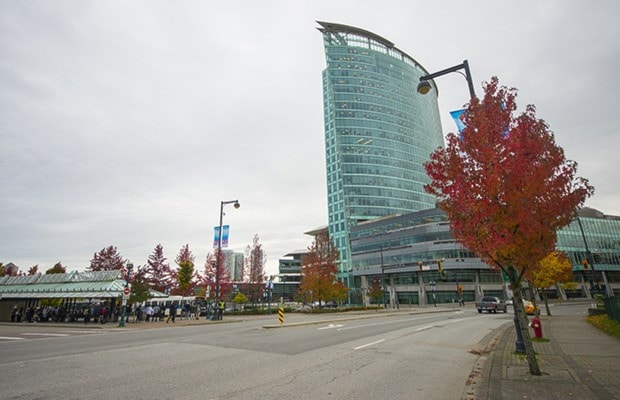SURREY — United Way of the Lower Mainland has done a deep study of Surrey and has released its findings as part of a series of community profiles.
 Michael McKnight, the organization’s president and CEO, presented the findings to Surrey city council on Monday. This, he said, was “to emphasize” the scope of work the United Way does in this city.
Michael McKnight, the organization’s president and CEO, presented the findings to Surrey city council on Monday. This, he said, was “to emphasize” the scope of work the United Way does in this city.
McKnight said the study was done in an effort to confirm some of the city’s challenges and find out where its most vulnerable residents live, to make sure United Way is making the most effective use of its resources here.
“This comprehensive community profile is a valuable resource to help United Way and others plan for future needs,” McKnight said.
Some of the study’s findings:
- One in 10 children who are born in B.C. are born in Surrey.
- Surrey’s population nearly doubled between 1991 and 2011.
- The community that experienced the most population growth between 2001 and 2011 was Cloverdale, at 87.3 per cent.
- Surrey’s birth rate is 13.5 births per 1,000 residents, compared to B.C.’s average of 9.9.
- The top spoken languages are English, Punjabi, Mandarin, Tagalog and Hindi.
- Slightly more than 40 per cent of Surrey’s residents are immigrants.
- The city is home to 27 per cent of all government-assisted refugees who have settled in B.C.
On the economic front, the median family income in Surrey in 2010 was $78,283 compared to $80,006 in Metro Vancouver; 18.7 per cent of families with children under age 18 live in poverty in Surrey compared to 19.5 per cent in Metro Vancouver; and 37.7 per cent of Surrey renters spend more than 30 per cent of their income on rent.
Moreover, according to the study’s findings, Surrey’s top five occupations are, in order, sales and service at 24.9 per cent, trades, transport and equipment operators at 18.4 per cent, business, finance and administration at 16 per cent, management at 10.5 per cent, and education, law and social, community and government services at 9.4 per cent.
The United Way’s research revealed Surrey has the largest proportion of multiple family households in Metro Vancouver and from 2007-2011 also had the highest rate of alcohol and drug related deaths, after Vancouver’s Downtown Eastside.
The study also found that voter turnout in Surrey’s civic elections has been increasing, from 24.5 per cent in 2008 to 25.2 per cent in 2011 and 31.5 per cent in 2014.
The United Way invests nearly $2.9 million in programs in Surrey each year, providing funding for 49 agencies and 65 programs involving early childhood development, after-school programs, support for refugees and seniors, to name some.
